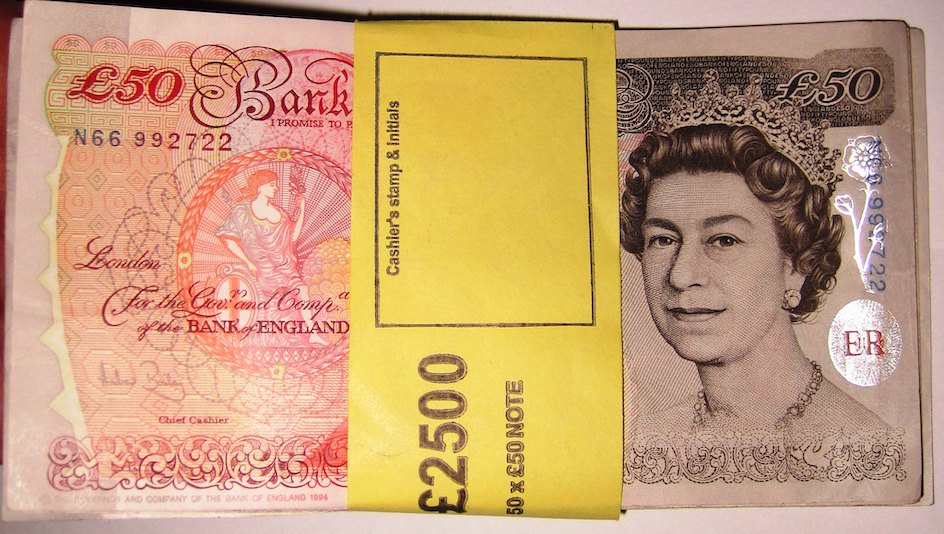
Newsletter
Newsletter
This week, we look at a range of experiments in publishers’ ever-evolving revenue bundle with examples from Hearst, The New York Times and The Atlantic.
21st September 2022

In the Pugpig weekly media bulletin, Pugpig’s consulting services director Kevin Anderson distills some of the best strategies and tactics that are driving growth in audiences, revenue and innovation at media businesses around the world.
In the early phases of the digital content revolution, there were strong market forces pushing the publishing industry towards unbundling both in terms of content and also in terms of the revenue streams. Specialist websites and online communities catered to passionate audiences focused on sports, entertainment and hobbies, and online classified advertising services bit into richly profitable businesses for news publishers.
Sign up to get the Media Bulletin in your inbox.
Now, digital media seems to be headed into the opposite direction as major publishers look to find the right bundle of content and services that will sustain their businesses. The New York Times is making a number of moves to tweak its mix with the goal of growing paying subscribers. One part of its long-term strategy has been through acquisitions over the years including the review site Wirecutter in 2016 and sports site The Athletic in 2002. Oh, and I cannot forgot the Times’ acquisition of Wordle this year, riding the puzzle wave. And with these acquisitions, they have been tweaking their bundles to try to maximise their revenue through segmentation with options for a subscription-based recipe service and another subs option for puzzle and games fans.
It’s all in the service of the goal for the New York Times to reach their subscription numbers. Being within striking distance of its goal 10m subscribers earlier this year, it has now set a new goal of 15m users by 2027. Apart from acquisitions, the NYT is also tweaking their revenue mix strategies as the market changes, especially as advertising softens with the economy softening. One example of this is leaning into e-commerce by selling cooking kits curated by celebrity chefs.
But it’s not just the big news brands that are tweaking their bundles and revenue mixes. The Atlantic is working to diversify its revenue streams with a foray into optioning their journalism into TV shows, films and books. Connected to this strategy was the release of the entire 165-year archive digitally. The magazine has a metered paywall for its current content, but for the first few months, they released the archive as a sponsored service with Ancestry.com being a launch sponsor. But, they also see the digital archive as a potential lead generator for people who want to option their content for TV or films.
With the market being so dynamic with changes in consumer behaviour and market conditions, these examples show how sophisticated the experimentation has become for publishers to maximise their revenue using audience segmentation and leveraging their existing content.
Publishers rushed into e-commerce during the pandemic as all shopping shifted online during the lockdowns, and for many publishers, it provided a needed boost to their revenue. But with lockdowns over in most places, shoppers have not only pent-up demand but also a pent-up urge to get back to the shops. Some publishers have quietly shuttered or at least aren’t updating their storefronts with the drop off (or return to normal) of online shopping, according to Digiday. Buzzfeed’s commerce revenue dropped 22% year-over-year from the second quarter of 2021 to 2022. And that downturn hasn’t just hit publishers but also the social media platforms with Meta shuttering its affiliate marketing programme on Instagram in August.
But just as with other revenue streams we’ve highlighted, Digiday found successful experimentation amongst publishers with their e-commerce offerings. One area where commerce seems to work is with publishers offering products closely aligned with their niche content. For instance, Hodinkee has been writing for people passionate about timepieces for eight years, and in 2021, it acquired a company, Crown & Caliber, that sells pre-owned watches. Hodinkee doubled its sales and earned $100m in revenue.
Similarly, Hearst magazines has prioritised developing shops for its brands focused on hobbies or personal passions. These shops boast a conversion rate some 30-50% higher than the industry average of up to 3%, Digiday found. And Hearst has integrated sales into other elements of their revenue bundle, with members of the Oprah Daily being able to use their Oprah branded planners with the woman herself over Zoom sessions. The revenue bundle is getting much more sophisticated than the old simple dichotomy of advertising versus subscription revenue.
The pandemic was awful in a lot of ways for a lot of people, and it was a bit of a wild and often rough ride for publishers. However, publishers have seen some benefits as the pandemic encouraged or forced them to make changes that they needed to make. The International News Media Association marked the first time in 1084 days since they had an in-person event by looking back at what changed for publishers over the pandemic. INMA Executive Director/CEO Earl Wilkinson believes that for his organisation a shift to online master classes and more content led to a more intimate relationship with their members, and he saw a number of similar positive shifts from their members.
A major Latin American publisher managed to achieve a two-year development plan in only four months, and that was a common story of media companies accelerating their digital transformations during the pandemic, Wilkinson said. Companies became “less afraid of legacy issues”, INMA found. Journalism – and actually publishing in general – found a more stable footing through subscriptions, but most publishers also found that subs couldn’t pay all the bills.
What positive changes did you make during the pandemic? We’re curious. Drop us an email and let us know.
Here are some of the most important headlines about the business of news and publishing as well as strategies and tactics in product management, analytics and audience engagement.

Newsletter

Newsletter

Newsletter

Newsletter

Newsletter